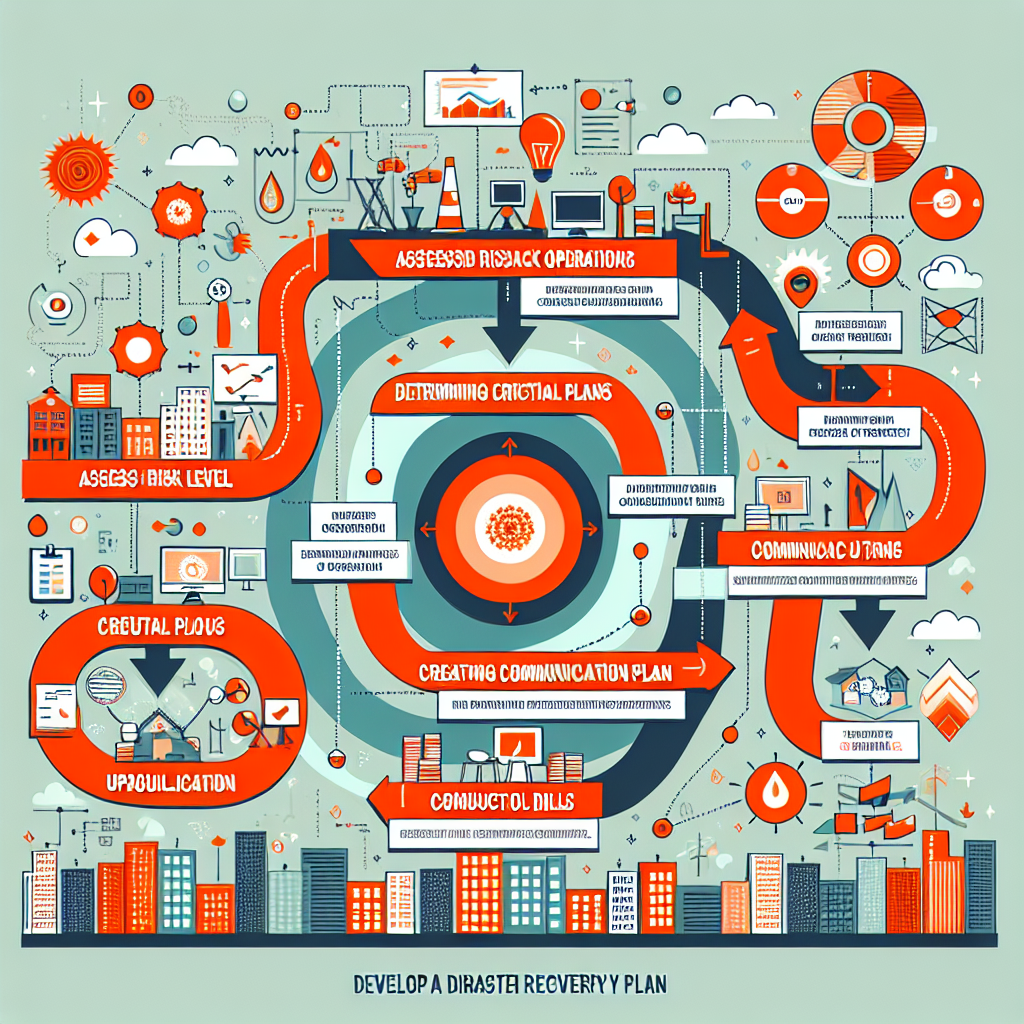Steps to Developing an Effective Disaster Recovery Plan for Your Organization
Disasters can strike at any time, and it is crucial for organizations to have a solid disaster recovery plan in place to ensure the continuity of their operations. Whether it is a natural disaster like a hurricane or earthquake, or a man-made disaster like a cyberattack or fire, having a plan in place can minimize the impact on your organization and help you recover quickly.
Here are some steps to developing an effective disaster recovery plan for your organization:
1. Identify potential risks: The first step in developing a disaster recovery plan is to identify the potential risks that your organization may face. This could include natural disasters, such as floods, earthquakes, or hurricanes, as well as man-made disasters like cyberattacks, power outages, or data breaches.
2. Assess the impact: Once you have identified the potential risks, it is important to assess the potential impact that each of these risks could have on your organization. This will help you prioritize which risks to focus on and develop a plan to mitigate their impact.
3. Define recovery objectives: Next, you need to define your organization’s recovery objectives. This includes determining how quickly you need to recover your operations, what resources are needed to do so, and what steps need to be taken to achieve these objectives.
4. Develop a plan: Based on your risk assessment and recovery objectives, develop a detailed disaster recovery plan that outlines the steps to be taken in the event of a disaster. This plan should include a communication plan, a list of key contacts, procedures for data backup and recovery, and a timeline for recovery.
5. Test the plan: Once you have developed your disaster recovery plan, it is important to test it regularly to ensure that it works effectively. This could involve conducting tabletop exercises, simulating a disaster scenario, or running a full-scale test of your plan.
6. Train employees: It is important to ensure that all employees are trained on the disaster recovery plan and know their roles and responsibilities in the event of a disaster. This will help ensure a smooth and coordinated response when a disaster strikes.
7. Review and update regularly: Finally, it is important to regularly review and update your disaster recovery plan to ensure that it remains relevant and effective. As your organization grows and changes, so too will the potential risks that you face, so it is important to keep your plan up to date.
By following these steps and developing an effective disaster recovery plan, your organization can minimize the impact of disasters and ensure the continuity of your operations. It is important to remember that disasters can strike at any time, so it is crucial to be prepared and have a plan in place to respond effectively.


